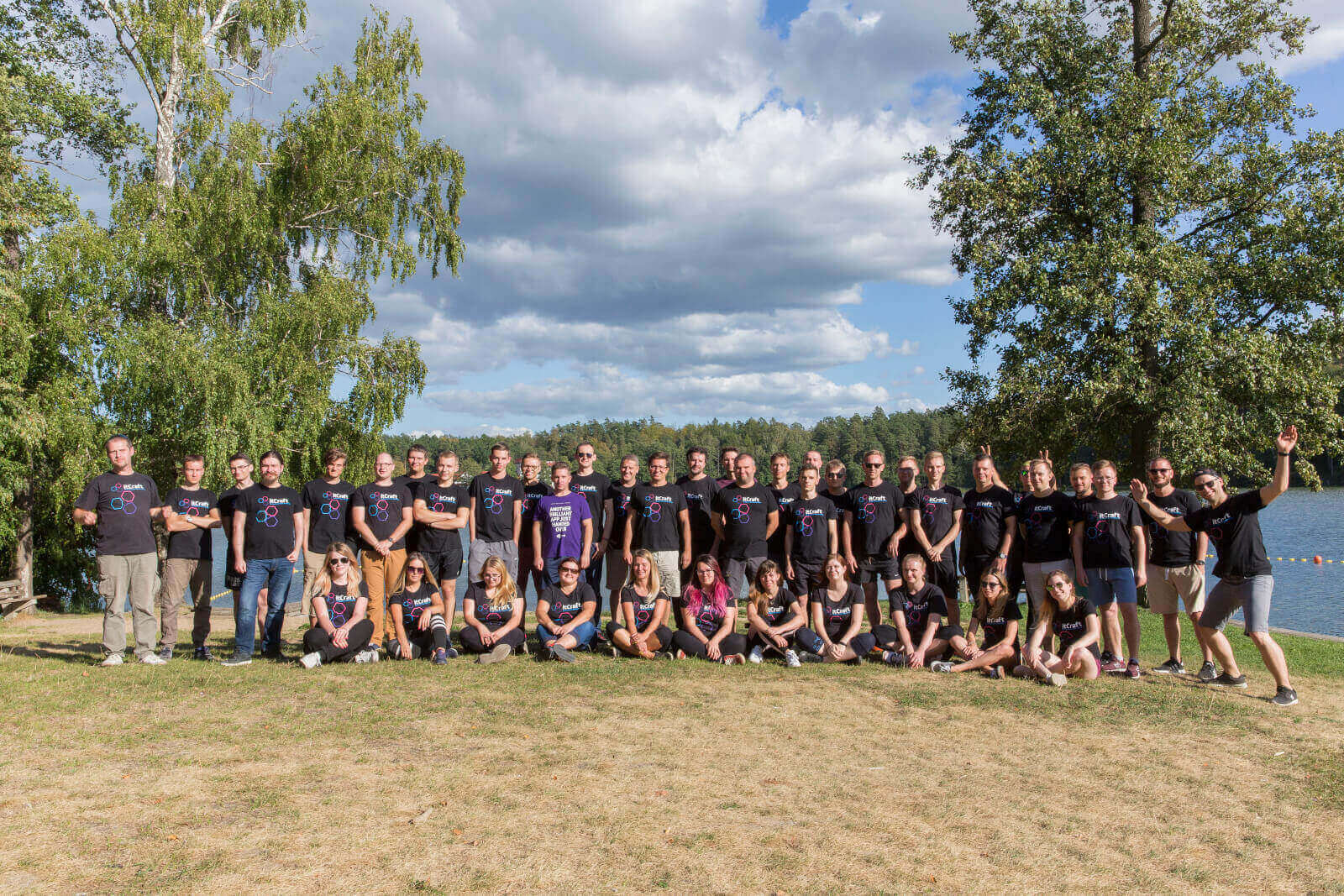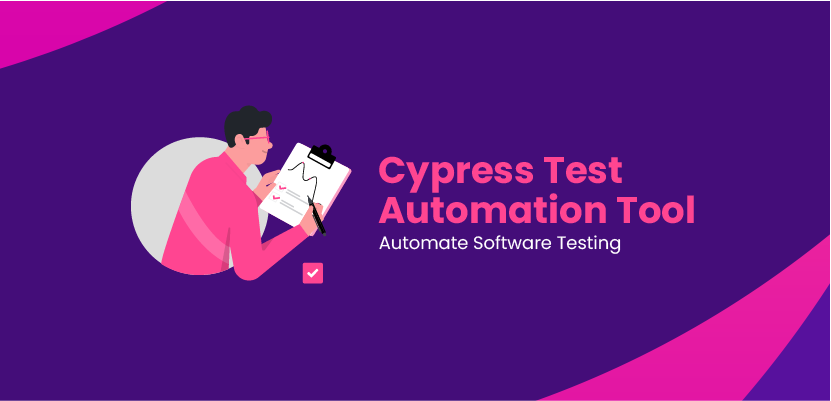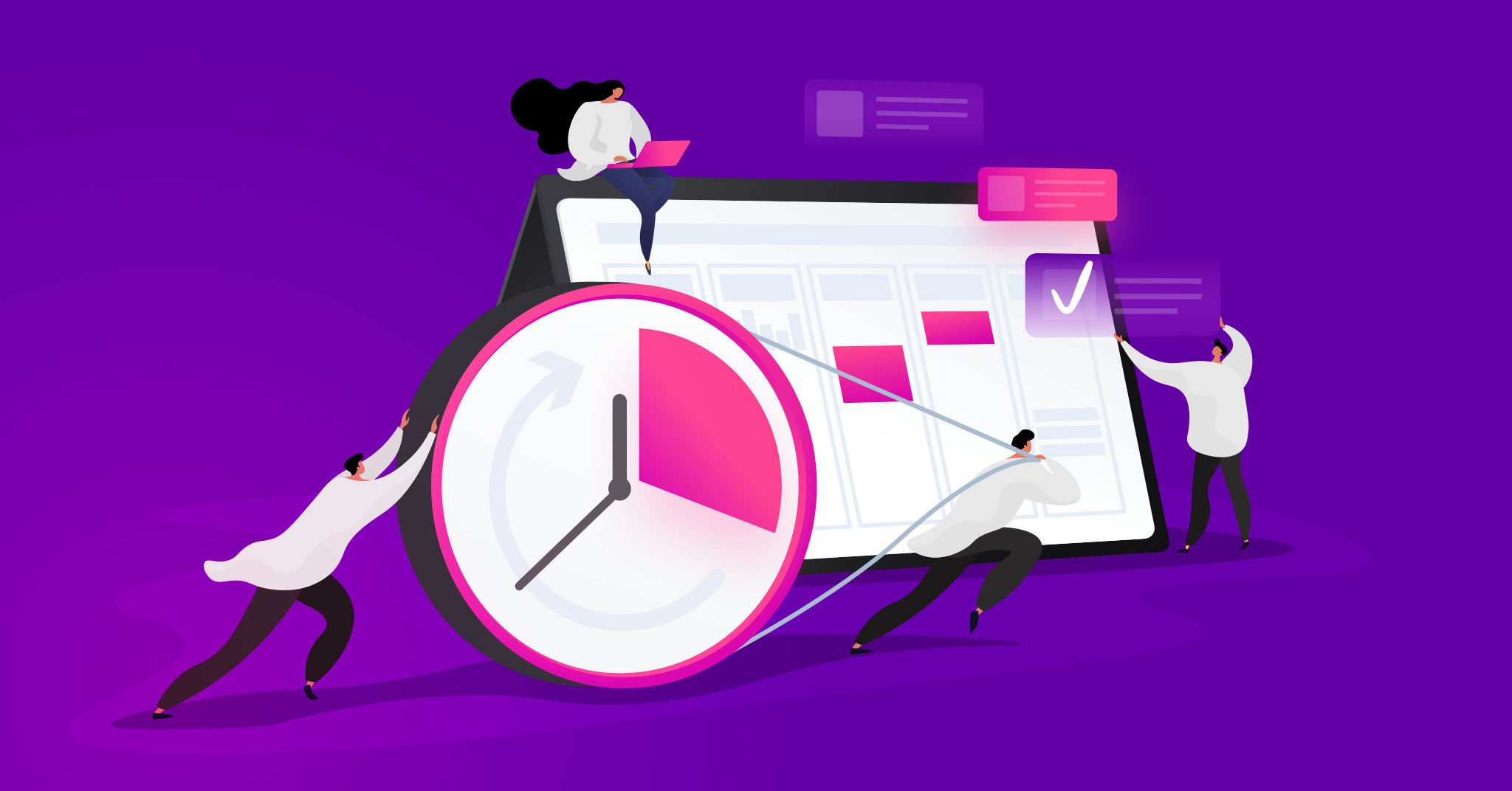We explain Google Machine Learning solution

Jakub Kluczewski

Alexa Trachim

Machine learning becomes one of the biggest IT trends. A technology that used to be a complicated concept available only to computer scientists is becoming mainstream and can be utilized in digital products destined to serve users in their daily tasks. For a couple of years, we’ve been using machine learning software without even knowing it! Google search engine, social media algorithms, email inbox SPAM detection, e-commerce product recommendations – you name it. All that and much more is powered by machine learning.
Why is it so easy to apply machine learning to web and mobile apps then? That’s thanks to premade solutions. Using them, software developers can build advanced AI products – with a little help of an ML specialist that will know how to implement them. The machine learning apps are now available to smaller businesses and startups – not only big enterprises that can invest in hiring teams of experts that know how to handle artificial intelligence algorithms.
Table of contents
One of the most popular tools when it comes to machine learning was created by Google. This article will teach you what it is, how it works and why the IT community appreciates it. Let’s go!

The basics of machine learning
Machine learning is a group of AI-based algorithm. Some of them can self-improve in time. Simply put, it’s a computer provided with examples of data to draw conclusions and take concrete actions. Using this type of technology in applications and software allows brands to automate certain features and deliver personalized information for their users.
The algorithm doesn’t need a lot of code to perform its activities. After initial input, it can do a lot on its own. The whole concept is inspired by one of the most powerful computers in the world – the human brain. The way people process information and learn is one of the reasons machine learning had to be invented. With the constantly growing digitalization, we expect that every software product will offer us one of a kind, custom experience. Delivering it wouldn’t be possible if we wouldn’t be able to predict the needs and desires of app users to perfect the content they see all the time.
Machine learning is typically used for voice, image and text recognition. The possibility to use enormous amounts of data – a thing that might be impossible with a classic approach – is its most significant advantage. There are many types of machine learning algorithms. Each uses its own way of learning things and requires different conditions to operate.
We’ve been already explaining what deep learning, a subcategory of machine learning, is on our blog. It uses neural networks that mirror a similar structure in our minds. In the article, you can read that: “A neural network is built from layers and each layer is responsible for processing different types of data. For example, one layer can handle data that conceptualizes shapes and another will be finding more particular characteristics like distinctive parts of the human face.” The algorithm starts learning layer by layer and then when it has to recognize a face on a provided picture – it finds parts from each layer and indicates if the image has a detail it is looking for.
We are carefully observing the growing machine learning trend because more and more clients want to incorporate this technology into their digital products. We already created a couple of products that use AI algorithms. Our portfolio includes software for removing backgrounds from pictures, a mobile app that turns book quotes into shareable images and a customer service voice-bot. We can’t wait for more new ML projects to be delivered by the itCraft team. Certainly, Google Machine Learning solution might be a tool that will support our specialists in developing products with that feature.
What is Google Machine Learning?
Google is a pioneer in many technological innovations. With machine learning, it was rather obvious – their solutions are processing tons of data every day. They needed a tool for automation with robust scalability options. So the company started to explore available frameworks and systems to determine how the algorithms work and how they can use it to elevate their operations. They also developed a couple of their own infrastructures – some were internal but became open-source when Google decided they are suitable for the community’s overall needs.
Google Machine Learning is a part of Google Cloud services. It makes sense because Google believes that ML and cloud are made for each other. Why is that?
Successful processing of such huge amounts of data would be unreachable for a single machine. However, a cloud solution has all the needed computing power to deal with even the most complex tasks. It is also used for data storage and offers many benefits for enterprises that process immense amounts of it. With machine learning, information becomes even more useful – the algorithm can look for regularities, abnormalities and other interesting facts that will drive decision-making processes and offer personalized results.

What is included in the Google Cloud AI kit?
When entering the website dedicated to Google AI products, we get a lot of content. Google has a genuinely comprehensive offer and will meet the expectations of every person that is interested in machine learning or other AI models. We have four main types of such solutions (among various others):
- Building tools that support developers when creating AI apps. They include a platform for building and implementing software and infrastructure with cloud access.
- Conversational AI resources for people interested in chatbots, voice bots and similar products. We can find natural language processing modules and Dialogflow (that we already used at itCraft).
- AI for documents utilizes machine learning to process data and draw conclusions. This section includes translation software, form and invoice parsers and optical character recognition (OCR).
- The last category is AI for industries and offers recommendation modules, healthcare language processing and media translations.
As you can see, there’s something for everyone. Building almost any type of machine learning app is possible with Google Cloud AI. The page includes a complex library of resources and several solution examples for beginners.
Google vs. The World
There is fierce and robust competition in the realm of MLaaS (Machine Learning as a Service). All tech giants offer their own AI software to support their clients in the digitalization and innovation of their services. How does Google compare to Amazon, Microsoft, or IBM?
We have four leading ML and AI service providers:
- Amazon Machine Learning
- Microsoft Azure
- IBM Watson
- And of course, Google Cloud AI
Their offers are similar: sharing infrastructure and tools with their clients that want to elevate their software to the next level using machine learning. But when it comes to concrete features, there are bigger differences. The thing is – the availability of functionalities constantly changes. When picking a provider, you should carefully study their offerings and choose one suitable for you at the moment.
For example, at one point, Microsoft Azure was the only service that provided anomaly detection or data ranking, but it didn’t have its own built-in algorithms. IBM Watson was offering metadata extraction, personality analysis and food recognition. At the same time, Google Machine Learning was pioneering in similar image web searching and logo detection – and of course they are the creators of TensorFlow, which is one of the most popular machine learning frameworks you can choose when it comes to building your own solution. Amazon quickly introduced face detection.
All the machine learning functions mentioned above are from different categories and can be a part of various applications. But it shows one thing – that each service is somehow competitive. As we already mentioned – you should pick one that meets all your requirements and expectations. Google Cloud AI is definitely one of the leaders and has various options that will be appreciated by many industries and businesses.
Is Google AI a machine learning market leader?
Definitely one of the leaders. In 2016 Google started intensively investing in their machine learning department by organizing training programs for their employees. As they told Wired: “So we invite folks from around Google to come and spend six months embedded with the machine learning team, sitting right next to a mentor, working on machine learning for six months, doing some project, getting it launched and learning a lot.”
Google executives got strongly interested in AI and for years their goal was to explore it and become proficient in it. That’s why when they started with the “Machine Learning Ninja” program (as they called it), the management claimed that 10% of the company should have some knowledge and skills regarding ML, but in the future, they want everyone to use it.
How to start with Google Machine Learning?
There is no doubt that programmers aspiring to become machine learning experts need training. Lots of it, to be precise. It’s a relatively new technology and it can get complicated at times. Self-teaching is a more challenging option if we want to do it right.
Google decided to create a certification exam for everyone who wants to test their skills and knowledge regarding ML. Such a document will confirm one’s qualifications and be a chance to enter the job market or re-invent oneself as an ML specialist.
As we can read in a dedicated article, Google prepared a new beta version of the exam that was released in August 2020. The certification left the beta phase in October 2020 and is now a complex certification for Google Cloud enthusiasts:
“The new beta exam joins the seven other Professional-level certifications offered by Google Cloud Platform (GCP). The exam covers a variety of machine learning (ML) topics, oriented towards designing and implementing solutions using the TensorFlow deep-learning framework and GCP services. (…) As with all GCP certifications, candidates who pass the exam will receive several benefits, including a sequentially numbered certificate, a digital badge, and the option to be listed in the GCP Credential Holder Directory. Google also claims that “almost 1 in 5” GCP certificate holders received a raise post-certification.“
The exam covers multiple areas of machine learning and will replace another certificate that was issued since 2017.
Google Machine Learning – summary
Clients who come to software houses with machine learning app projects are often unaware of how complex this subject is. Google AI is a tool that makes production and implementation a bit easier and gives ML developers proven solutions that they can take advantage of when creating all types of AI products. In the future, more and more programmers will gain competencies regarding machine learning because it is becoming an integral part of our digital world.
If you need an IT business partner with expertise in machine learning – contact us! We build digital solutions for our clients using best practices for ML algorithms. Tell our consultants about your idea and we will walk you through the whole process. Together we can create a modern application that will do wonders for your clients.



